Ut jam nunc dicat jam nunc debentia dici,
Pleraque differat, ac praesens in tempus omittat
One should say in the beginning what is proper to the beginning, the rest should be delayed until its proper time occurs.
These words of Horace from the famous novel Manon Lescaut* by Antoine François Prévost are equally applicable to another work published by this author, a 15-volume encyclopedia Histoire Générale des Voyages**, a compilation of various travel narratives published at different times starting from the 15th century***.
Of particular interest is the illustrative material included in these books, such as maps and engravings, many of which have become museum exhibits displayed around the world. Abbot Prevost’s great accomplishment was compiling the travel narratives, as he himself did not take part in any of the voyages. Therefore, travel notes of direct participants in land and sea expeditions become an invaluable addition to Prevost’s encyclopedia.
A very important source of information is the book A Voyage Round the World written in 1772 by the famous French admiral, Louis-Antoine de Bougainville, leader of the French naval force that first sailed around the globe from 1766 to 1769. Modern geographical names such as the Bougainville Trench, the Bougainville Strait and the Bougainville Island, the largest of Solomon Islands, and many others**** preserve the admiral’s memory to this day.
Bougainville devoted a significant part of his book to the description of the Indigenous peoples inhabiting different lands visited by the expedition such as Oceania, Tierra del Fuego and Patagonia. Having lived several years in Canada, Bougainville noted similarities present in the lifestyle, customs and physical appearance of the inhabitants of North and South America.
It is incredibly interesting to read Bougainville’s impressions of the Tahitians:
“The inhabitants of Taiti consist of two races of men, very different from each other, but speaking the same language, having the same customs, and seemingly mixing without distinction. The first, which is the most numerous one, produces men of the greatest size; it is very common to see them measure six (Paris) feet (1.95m) and upwards in height. I never saw men better made, and whose limbs were more proportionate: in order to paint a Hercules or a Mars, one could no where find such beautiful models. Nothing distinguishes their features from those of the Europeans: and if they were cloathed; if they lived less in the open air, and were less exposed to the sun at noon, they would be as white as ourselves: their hair in general is black. The second race are of a middle size, have frizzled hair as hard as bristles, and both in colour and features they differ but little from mulattoes. The Taiti man who embarked with us, is of this second race, though his father is chief of a district…”
“…Females; who, for agreeable features, are not inferior to most European women; and who in point of beauty of the body might, with much reason, vie with them all (…) The girl carelessly dropt a cloth, which covered her, and appeared to the eyes of all beholders, such as Venus shewed herself to the Phrygian shepherd, having, indeed, the celestial form of that goddess.”
At the Historical Museum of the National University of Cordoba (Argentina), we observed several engravings appearing in Prevost’s encyclopedia Histoire Générale des Voyages.
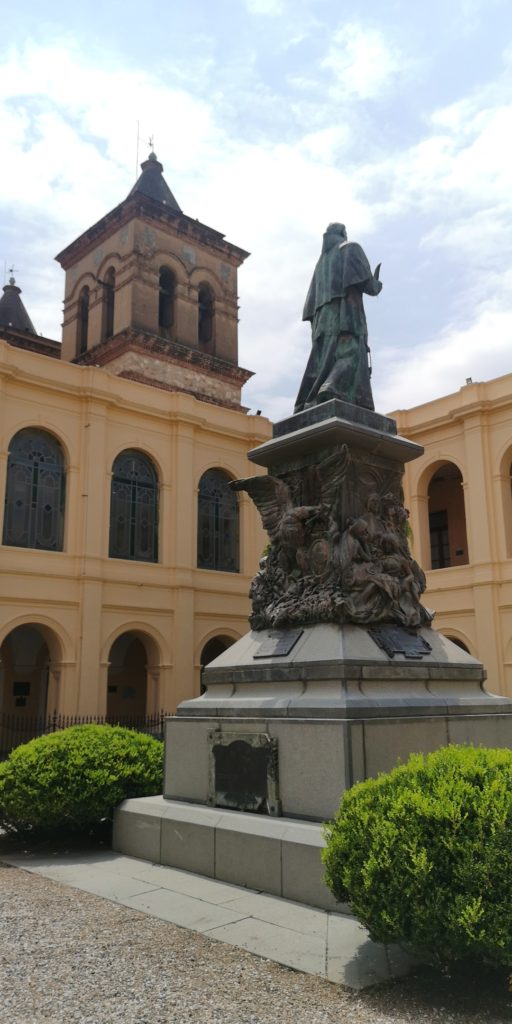
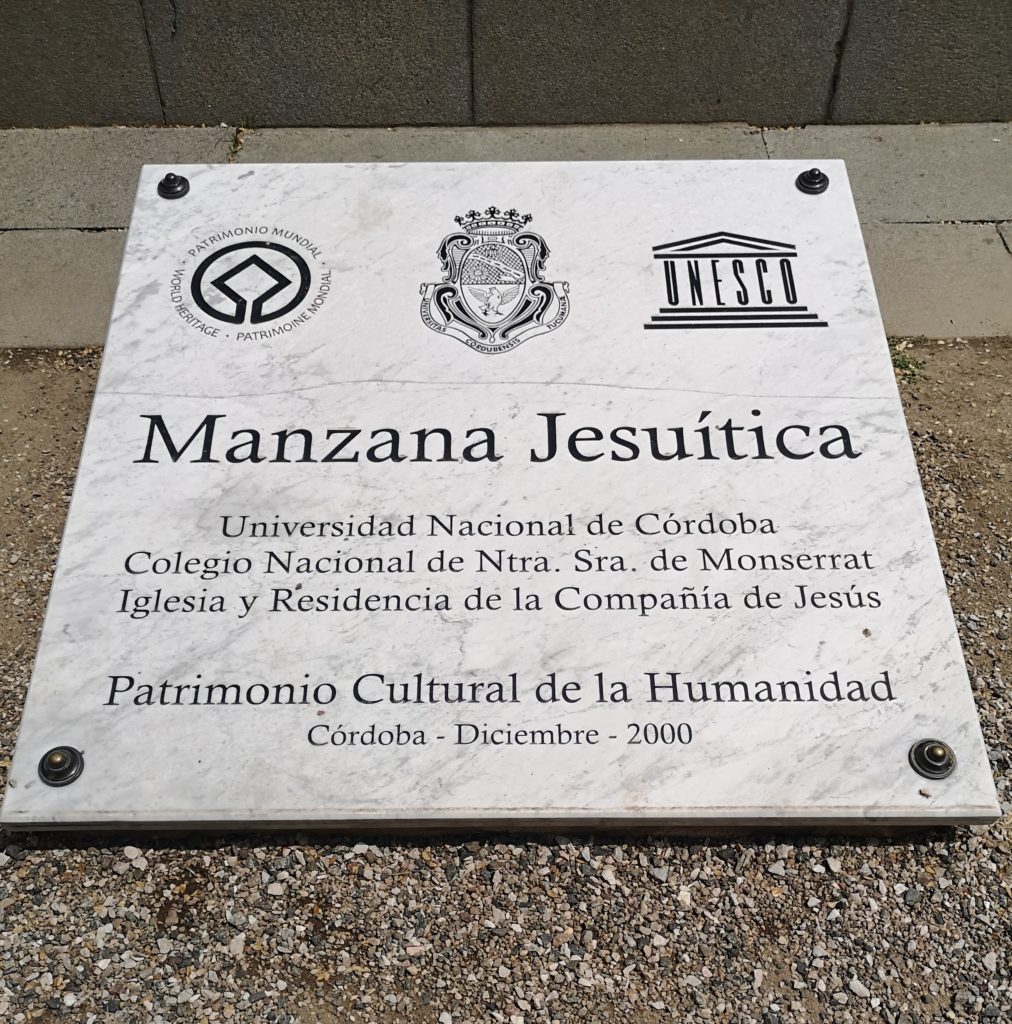
One of them, dated 1754, is signed as follows: “The First Indigenous Peoples to Meet Christopher Columbus.”
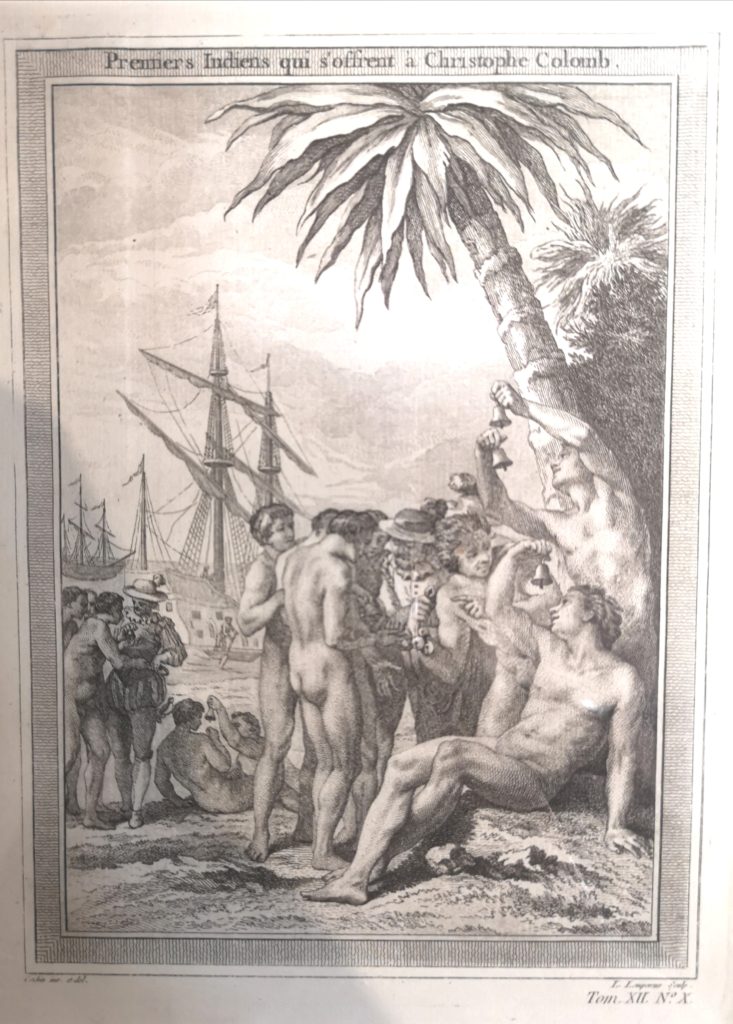
Another engraving from Prevost’s encyclopedia, dated 1740, is titled “The Inca Wedding Ceremony”.
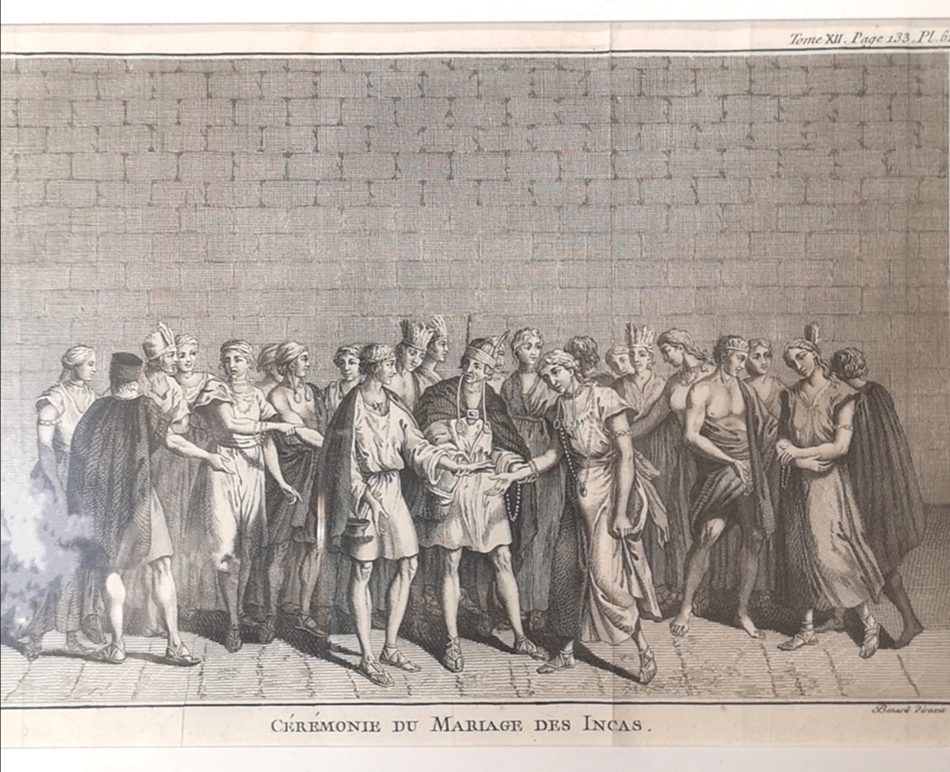
Also of interest is a later work exhibited at the Historical Museum of the National University of Cordoba (Argentina), a map titled “South America” (“Amérique Méridionale”) created in 1859 by a French cartographer, Victor Levasseur, for the Universal Illustrated Atlas (Atlas Univerversel Illustré). The bibliographic description indicates that the map contains information on the landscape, regional goods produced, as well as on local populations and their clothing. The last two points attract particular attention.
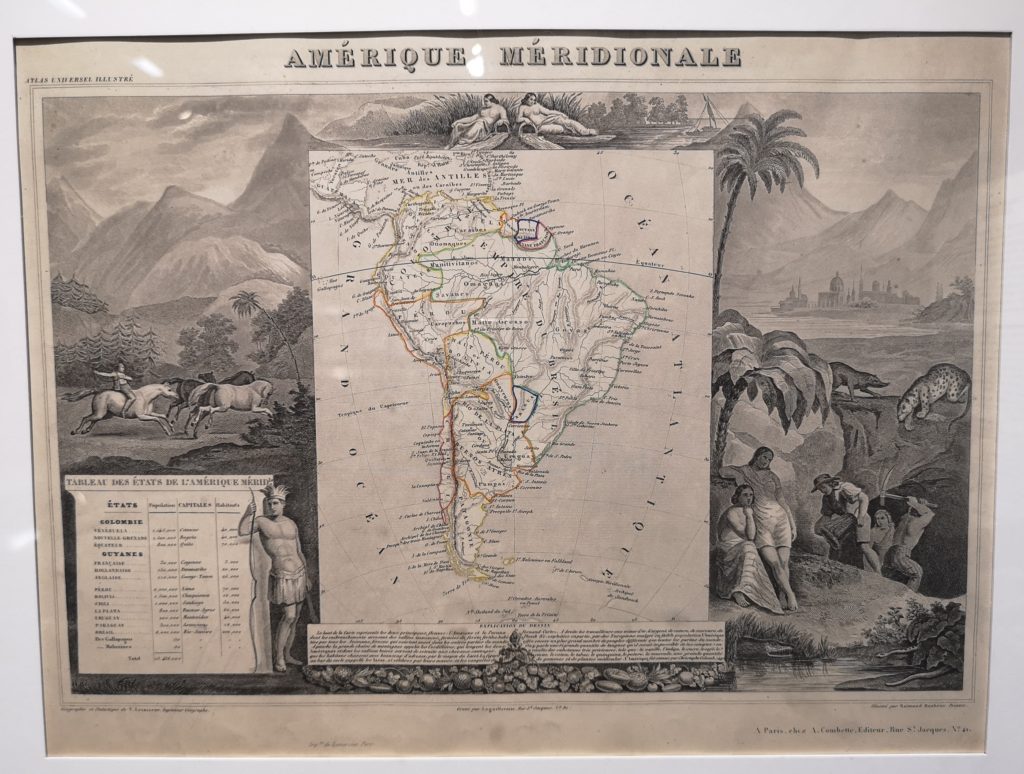
The physical appearance of the Indigenous peoples depicted on all of the aforementioned engravings is fully consistent with the description provided by Bougainville. Although this may be quite surprising to us, such perception of them was quite common for people living in 18-19th centuries; and, as it will be further demonstrated, this is exactly how the museums of North and South America show the native populations of the two continents.
Notes:
*Antoine Francois Prevost d’Exiles, better known as Abbot Prevost (1697 – 1763). The full name of his novel is The Story of the Chevalier des Grieux and Manon Lescaut (Histoire du chevalier des Grieux et de Manon Lescaut)
**L’Histoire Générale des Voyages, ou Nouvelle Collection de toutes les relations de Voyages par Mer et par Terre (1746-1759)
***According to French sources, Abbot Prevost is the creator of the first large compilation of all existing travel narratives. However, the British believe that he simply translated into French a similar compilation published by Thomas Astley (Voyages and Travels). Prevost’s encyclopedia is available in many languages.
**** Voyage autour du monde à bord de la frégate la Boudeuse et la flute l’Étoile en 1766, 1767, 1768 et 1769 by Louis Antoine de Bougainville. Bougainville Reef in the Coral Sea and the Bougainvillea plant also honor the name of the famous admiral.
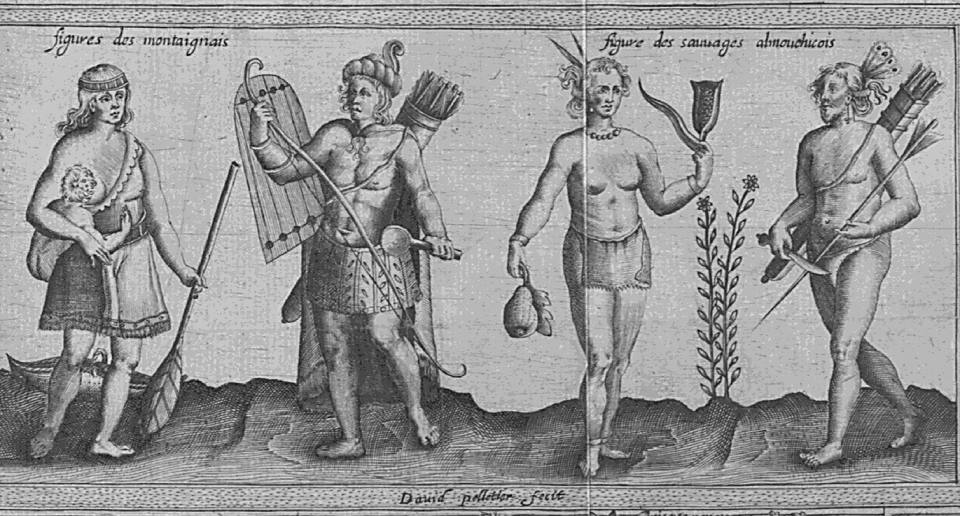
2 comments